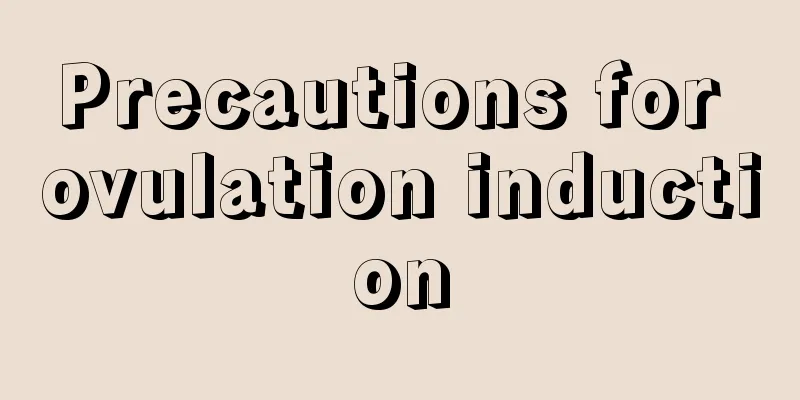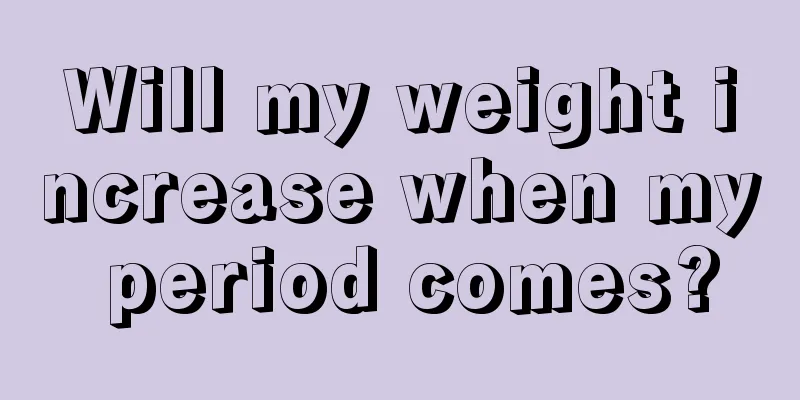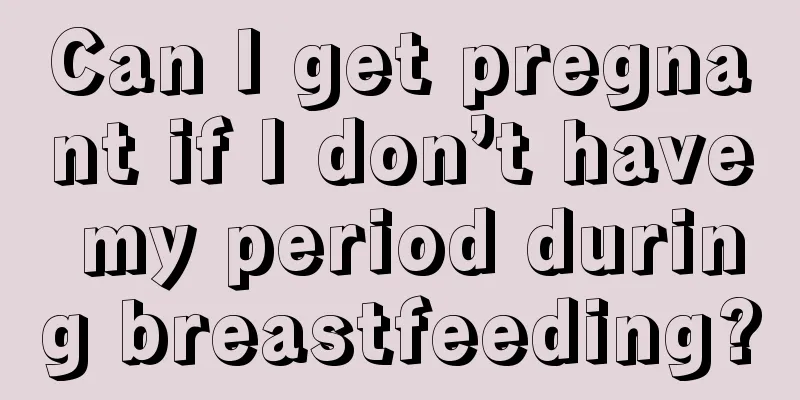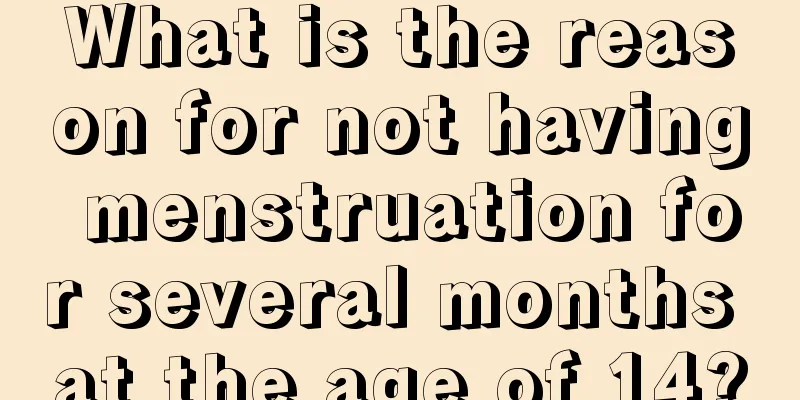Precautions for ovulation induction

|
With the development of science and technology, many fertility problems that we could not solve in the past have been well solved today. The technology of in vitro fertilization is becoming more and more advanced, bringing healthy babies to many families. The first step in doing IVF is to stimulate ovulation. For our health and the health of our future baby, what should we pay special attention to when stimulating ovulation? What are the ovulation-stimulating drugs? (1) Clomiphene: Starting from the 5th day of menstruation, take clomiphene 50-150 mg/day orally for 5 consecutive days. Ovulation may occur 5-11 days after stopping the drug. (2) Artificial cycle of estrogen and progesterone: For those with general menstrual disorders but a certain level of estrogen, estrogen and progesterone can be used sequentially for artificial cycle treatment for 3 months. Ovulation may occur after stopping the medication. (3) Human chorionic gonadotropin (HCG): HCG has the effect of luteinizing hormone and can induce ovulation when administered when the follicles are nearly mature. (4) Luteinizing hormone-releasing hormone (LH-RH): Suitable for anovulators with insufficient secretion of the hypothalamus. Use micropump pulse intravenous injection, with pulse intervals of 90 to 120 minutes, small doses of 1 to 5 μg/pulse, large doses of 10 to 20 μg/pulse, for 17 to 20 days, or starting from the 5th day of the menstrual cycle, intramuscular injection of 50 μg daily for 7 to 10 consecutive days. (5) Bromocriptine: Suitable for patients with anovulation and hyperprolactinemia. How to inject ovulation-stimulating injection On the 3rd to 5th day of withdrawal bleeding or menstruation, inject 2 vials (containing 75 units of FSH and 75 units of LH, dissolved in sodium chloride injection into 1-2 ml) intramuscularly daily for 7 consecutive days. Monitor the changes in the follicles with B-ultrasound. When the follicles reach 20 mm and the urinary estrogen reaches 100-200 ug in 24 hours, inject 5000-10000 units of HCG on the day after the last use of this product to induce ovulation. If pregnancy fails, the treatment can be repeated for 2 cycles. What are the contraindications of taking ovulation-stimulating injections? Unexplained abnormal vaginal bleeding during ovulation induction, uterine fibroids, ovarian cysts or enlargement, adrenal insufficiency, and thyroid insufficiency. It should be used with caution in the following conditions: asthma, heart disease, epilepsy, migraine, renal impairment, pituitary hypertrophy or tumors. It is contraindicated for patients with ovarian insufficiency, polycystic ovary, intracranial lesions, and hypothyroidism and adrenal cortex function. |
<<: What will happen if you overuse your eyes during the confinement period?
>>: Breast blood flow signal description
Recommend
How effective is moxibustion sticks in treating gynecological diseases?
At present, gynecological diseases deeply trouble...
Can pregnancy cause hypothyroidism?
Pregnancy will cause changes in a woman's bod...
Nursing Care of Patients Undergoing Operation for Diabetic Retinopathy
As people's living standards improve, the inc...
How long does it take to get pregnant after removing the IUD?
In the past, family planning was strict, and many...
It's allergy season again, and the real "culprit" is actually this! How to prevent it →
Every spring, many people will suffer from pollen...
Can I eat pineapple cakes during menstruation?
There are many taboos during menstruation, and it...
Is there any relationship between uterine fibroids and sex life?
Clinically, it is believed that the occurrence of...
Is vaginal bleeding really a symptom of cervical erosion?
Women may experience some symptoms in their daily...
Postmenopausal leucorrhea and lower abdominal pain
When women reach a certain age, the secretion of ...
What to do if you sweat after menopause
Women's menstruation period will be around 30...
What should I do if I want to have sex after I get pregnant?
As people learn more about sex, many young people...
What are the benefits of drinking tofu pudding? What is the best thing to eat with tofu pudding?
Tofu pudding is very nutritious. It not only cont...
Oral health benefits the whole body: Uncover the science and secrets behind a healthy smile!
Oral health care is an important part of maintain...
What to do if you have hemorrhoids during pregnancy
What should a pregnant mother do if she has hemor...
What are compressed biscuits? What flavors do compressed biscuits have?
The production of compressed biscuits is relative...









